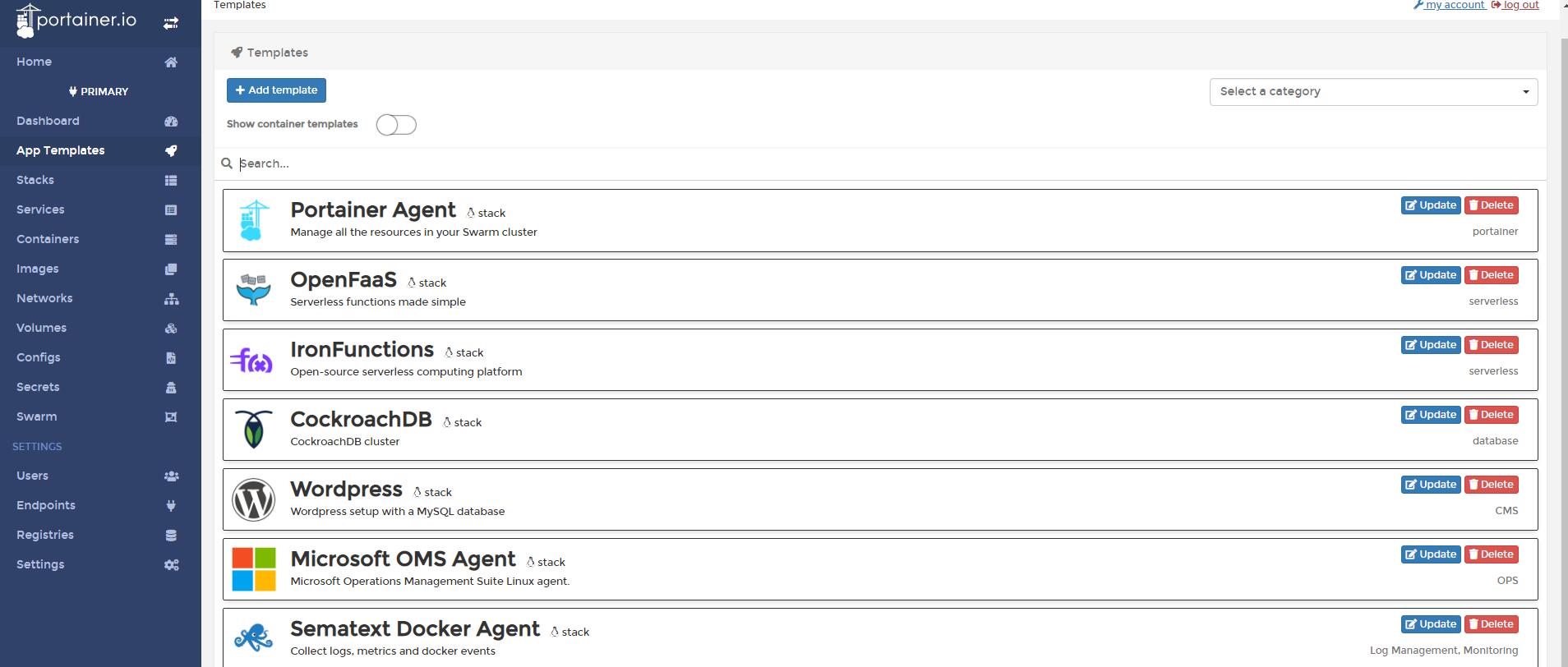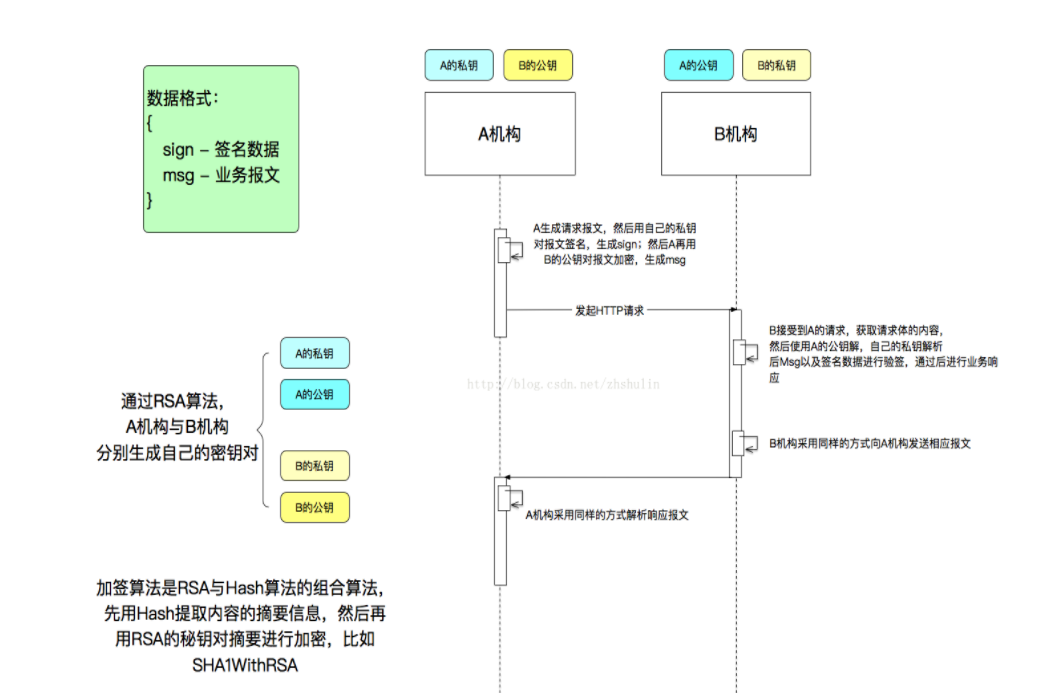In my application, I am consuming a third party web-service that is provided by my client.
I have developed my application on Spring and Hibernate framework and in one module I am consuming this third party web-service url. I have generated web-service stubs using
javab2-maven-plugin
The maven plugin in declared as below in my pom.xml file :
<plugin>
<groupId>org.codehaus.mojo</groupId>
<artifactId>jaxb2-maven-plugin</artifactId>
<version>1.5</version>
<executions>
<execution>
<id>xjc</id>
<goals>
<goal>xjc</goal>
</goals>
</execution>
</executions>
<configuration>
<!-- Package to store the generated file -->
<packageName>com.equifax.unsolicited.wsdl.stub</packageName>
<!-- Treat the input as WSDL -->
<wsdl>true</wsdl>
<!-- Input is not XML schema -->
<xmlschema>false</xmlschema>
<!-- The WSDL file that you saved earlier -->
<schemaFiles>Duk_CIS_Send_CreditStatus.wsdl</schemaFiles>
<!-- The location of the WSDL file -->
<schemaDirectory>${project.basedir}/src/main/wsdl</schemaDirectory>
<!-- The output directory to store the generated Java files -->
<outputDirectory>${project.basedir}/src/main/java</outputDirectory>
<!-- Don't clear output directory on each run -->
<clearOutputDir>false</clearOutputDir>
</configuration>
</plugin>
And I am using the auto-generated JAXB java classes to call the web service. I have created a service bean which call the web service :
@Service("unsolicitResponseService")
public class UnsolicitResponseServiceImpl implements UnsolicitResponseService{
private static final Logger LOGGER = Logger.getLogger(UnsolicitResponseServiceImpl.class);
@Autowired
private WebServiceTemplate webServiceTemplate;
@Override
public void sendUnsolicitResponse() {
LOGGER.debug("Calling Duke Web Service to Send Unsolicit Response ... ");
try{
ObjectFactory objecFactory = new ObjectFactory();
CreditStatusMsgType creditStatusMessage = objecFactory.createCreditStatusMsgType();
creditStatusMessage.setMessageHeader(createMessageHeader(objecFactory));
//WRAP THE CLASS AS THE INSTANCE OF JAXBELEMENT OTHERWISE IT WILL THROW MISSING ROOTELEMENT ERROR
JAXBElement<CreditStatusMsgType> creditStatusMessageJaxbElement = objecFactory.createSendCreditStatus(creditStatusMessage);
//CREATE STRING WRITER TO LOG THE REQUEST
Object response = this.webServiceTemplate.marshalSendAndReceive(creditStatusMessageJaxbElement);
LOGGER.debug("Jumio Web Service Response Reponse :"+response);
LOGGER.debug("Unsolicit Response sent to Duke Successfully.");
}catch(Exception ex){
LOGGER.error("Exception generated while calling Web Service to send unsolicit Response : "+ex.getLocalizedMessage(),ex);
}
}
Below is the xml configuration where I have declared interceptors to log the request and response :
<?xml version="1.0" encoding="UTF-8"?>
<beans xmlns="http://www.springframework.org/schema/beans"
xmlns:xsi="http://www.w3.org/2001/XMLSchema-instance"
xmlns:sws="http://www.springframework.org/schema/web-services"
xmlns:context="http://www.springframework.org/schema/context"
xmlns:oxm="http://www.springframework.org/schema/oxm"
xmlns:util="http://www.springframework.org/schema/util"
xsi:schemaLocation="http://www.springframework.org/schema/beans
http://www.springframework.org/schema/beans/spring-beans.xsd
http://www.springframework.org/schema/web-services
http://www.springframework.org/schema/web-services/web-services-2.0.xsd
http://www.springframework.org/schema/context http://www.springframework.org/schema/context/spring-context.xsd http://www.springframework.org/schema/oxm http://www.springframework.org/schema/oxm/spring-oxm.xsd http://www.springframework.org/schema/util http://www.springframework.org/schema/util/spring-util.xsd">
<!-- DEFINE SOAP VERSION USED BY A WSDL -->
<bean id="soapMessageFactory" class="org.springframework.ws.soap.saaj.SaajSoapMessageFactory">
<property name="soapVersion">
<!-- FOR TEXT/XML -->
<util:constant static-field="org.springframework.ws.soap.SoapVersion.SOAP_11"/>
</property>
</bean>
<!-- LOCATION OF THE GENERATED JAVA FILEs -->
<oxm:jaxb2-marshaller id="marshaller" contextPath="com.equifax.unsolicited.wsdl.stub"/>
<!-- CONFIGURE THE SPRING WEB SERVICE -->
<bean id="webServiceTemplate" class="org.springframework.ws.client.core.WebServiceTemplate">
<constructor-arg ref="soapMessageFactory"/> <property name="marshaller" ref="marshaller"/>
<property name="unmarshaller" ref="marshaller"/>
<property name="defaultUri" value="https://partnerstg.duke-energy.com:4443/DukCISSendCreditStatus?wsdl"/>
</bean>
<sws:interceptors>
<bean id="jumioPeyLoadLoggingInterceptor" class="com.test.datasource.logging.interceptor.PayloadLoggingInterceptor">
</bean>
<bean id="jumioSOAPLoggingInterceptor" class="com.test.datasource.logging.interceptor.SOAPLoggingInterceptor">
</bean>
</sws:interceptors>
</beans>
And I also have added and new logging category to enable the logger level to DEBUG mode :
Above code is calling the web service successfully. But the interceptors are not getting called. So I am not able to log the XML request and response.
Here, I am assuming that, these interceptors will not work while consuming the service. Let me know if I am wrong here.
I am referring Spring Web Service from HERE . This website has given explanation interceptors while publishing a web-service.
Kindly let me know should we use this interceptors while consuming a web-service ? Or How should I print request and response which are JAXB-ELEMENT ?





